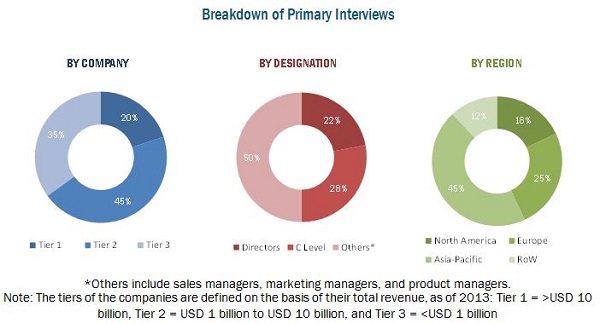The pressure labels market size is estimated to grow from USD 74.14 Billion in 2015 to USD 92.46 Billion by 2020, at a CAGR of 4.52%.
The pressure labels market is growing rapidly in accordance with the growth in the packaging market globally. The use of pressure labels such as release liners and liner-less labels are used in the food & beverage industry. This application is projected to foster the demand for pressure labels during the forecast period. The report aims at estimating the market size and future growth potential of the pressure labels market across different segments such as type, composition, printing technology, mode of application, end-use industry, and region.
Download PDF Brochure @https://www.marketsandmarkets.com/pdfdownloadNew.asp?id=127227992
The report defines and segments the pressure labels market on the basis of type, composition, printing technology, mode of application, functions, end-user industries, and region along with providing in-depth analyses and market-size estimations. The release liner labels segment is estimated to contribute the largest market share whereas linerless labels, at the highest CAGR, will play a key role in changing the pressure labels landscape during the forecast period.
Food & beverages segment to gain maximum traction during the forecast period
The food & beverages segment is projected to be the fastest-growing end-user industry in the next five years. Furthermore, due to the growth of the pressure labels industry, pressure labels such as release liner labels and linerless labels are extensively used. The pressure labels market is also projected to witness growth in the consumer durables, pharmaceutical, home & personal care, and retail labels sectors, during the forecast period.
However, due to high cost of setting up a plant and need for continuous technological advancements and research & development, the organizations are exposed to potential risks and are restraining the growth of the pressure labels market. The major vendors in the pressure labels market include players such as Avery Dennison Corporation (U.S.), CCL Industries Inc. (Canada), Constantia Flexibles (Austria), UPM (Finland), and 3M (U.S.). The other players in the market are Henkel AG & Co. KGaA (Germany), Mondi Group (South Africa), Coveris Holdings S.A. (U.S.), H.B Fuller (U.S.), and Torraspapel Adestor (Spain).











